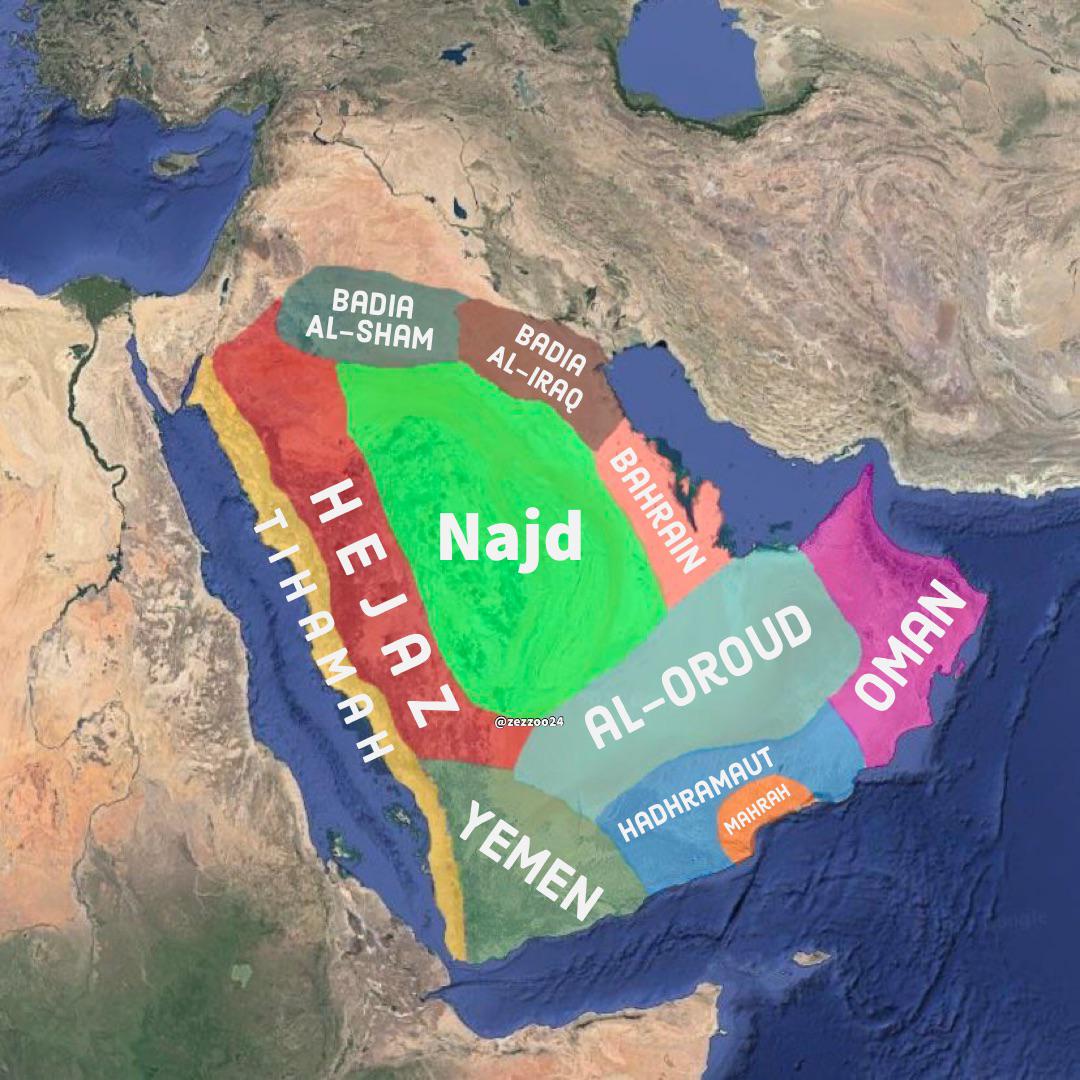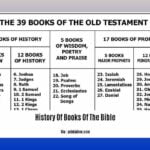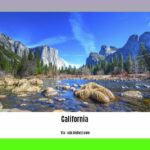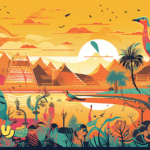Unveiling Ancient Kingdoms: A Deep Dive into the Biblical Arabian Peninsula
When picturing the Arabian Peninsula, images of vast deserts and scorching sun often spring to mind. However, beneath the sands lies a captivating history of ancient kingdoms, many mentioned in the Bible. These kingdoms, rich in resources and steeped in biblical lore, played a crucial role in shaping the religious, cultural, and economic landscape of the ancient world. Their legacy continues to fascinate us today.
Sheba: A Kingdom of Opulence and Wisdom
One of the most enduringly intriguing kingdoms mentioned in the Bible is Sheba, renowned for its astonishing wealth and the legendary Queen of Sheba’s visit to King Solomon. Though its exact location remains a topic of scholarly debate, many historians believe that Sheba existed within the borders of present-day Yemen.
The Sabaeans, the ingenious minds behind this powerful kingdom, constructed a sophisticated irrigation system centered around the Marib Dam. This engineering marvel allowed them to thrive through agriculture and become masters of trade, their influence reaching far beyond their borders.
The Nomadic Tribes: Navigating a World of Kingdoms
The Arabian Peninsula wasn’t solely the domain of established kingdoms; it was also traversed by numerous nomadic tribes, each with their own stories woven into the region’s history. The Bible mentions tribes like the Midianites, Ishmaelites, and Kedarites, who, despite their nomadic lifestyle, actively engaged with neighboring civilizations. These interactions shaped their own identities and contributed to the rich cultural tapestry of the ancient world, leaving their mark on both history and religious beliefs.
Mount Sinai: An Enduring Mystery in the Desert
Few biblical locations hold as much intrigue as Mount Sinai, the sacred mountain where, according to scripture, Moses received the Ten Commandments. While its exact location is still a matter of debate among scholars, some propose that Mount Sinai might have been nestled within the Arabian Peninsula. This theory, fueled by interpretations of biblical texts, continues to inspire archaeological exploration in the region.
Beyond the Desert Mirage: A Land of Diverse Landscapes
Contrary to the common perception of a desolate wasteland, the Arabian Peninsula was far more than just endless stretches of sand. This land held within its embrace a diverse range of landscapes, from rugged mountains and fertile oases to bustling coastal regions. This very diversity supported a wide range of human activities and nurtured the growth of unique civilizations, each adding their own chapter to the Arabian Peninsula’s rich history.
Unearthing the Past: Clues to a Hidden History
Recent archaeological discoveries across the Arabian Peninsula have begun to shed light on the secrets of its biblical kingdoms. Through meticulous excavation and analysis, archaeologists are piecing together the region’s intricate history. Ongoing research continues to illuminate the Arabian Peninsula’s role in ancient trade routes, its significance in cultural exchange, and its influence in the spread of Christianity, revealing a past far more vibrant and interconnected than previously imagined.
Conclusion: The Enduring Legacy of Arabian Kingdoms
The biblical kingdoms of the Arabian Peninsula, with their captivating stories of wealth, wisdom, and faith, played a pivotal role in shaping the ancient world. From the grandeur of Sheba to the resilience of the nomadic tribes, the region’s history and legacy continue to captivate and inspire both seasoned scholars and curious minds alike. As we delve deeper into the sands of time, we discover that the Arabian Peninsula’s biblical past is not just a collection of stories, but a testament to human ingenuity, cultural exchange, and the enduring power of belief.
Exploring the Kingdoms: What Kingdoms Were in the Biblical Arabian Peninsula?
Delving deeper into the Arabian Peninsula, we uncover a land teeming with history interwoven with tales from the Bible. This wasn’t simply a barren desert; this area was a bustling crossroads where powerful empires rose and fell, leaving their mark on the ancient world.
Let’s consider Nabatea, for example. The lost city of Petra, carved into sheer rock, stands as a testament to their ingenuity and power. The Nabataeans controlled vital trade routes, amassing incredible wealth through the trade of luxury goods like spices. The Bible even mentions them in connection with the famed King’s Highway.
Then there’s Saba’, a kingdom perhaps shrouded in legend. Located in modern-day Yemen, they were masters of the frankincense and myrrh trade. Imagine the wealth and sophistication of a kingdom whose fragrant exports were highly sought after for perfumes and religious ceremonies throughout the ancient world! The Bible offers a tantalizing glimpse into this grandeur with the story of the Queen of Sheba’s visit to King Solomon; some scholars suggest she hailed from Saba’.
But the story doesn’t end there! South of Saba’, two other kingdoms, Qataban and Hadhramawt, were building their own frankincense empires. Qataban’s architectural ruins and written records hint at their affluence, while Hadhramawt’s link to the Queen of Sheba remains a subject of debate among historians. Was she from Saba’ or Hadhramawt? The mystery is still being unraveled.
These were not the only kingdoms to leave their mark. The Arabian Peninsula was dotted with smaller kingdoms and nomadic tribes, each contributing to the region’s rich tapestry of cultures and traditions.
The Arabian Peninsula wasn’t merely a backdrop for biblical stories; it was a dynamic stage where powerful empires rose and fell, trade flourished, and legends were made. These kingdoms controlled highly sought-after resources, shaping the political landscape and leaving an indelible mark on history. Archaeologists are still piecing together the puzzle, striving to understand these ancient cultures and their connections to the biblical narrative. Who knows what other secrets lie buried beneath the sands, waiting to be discovered?
Decoding the Ancient Kingdom: Sheba and the Arabian Peninsula
It’s important to address a common misconception: the Bible doesn’t actually mention a “kingdom of the Arabian Sea.” This idea likely stems from the ancient kingdom of Sheba’s prominent location on the Arabian Peninsula and its vital connection to maritime trade routes.
Sheba (Saba): The Kingdom, Its Location, and Its Significance
- Biblical References: Sheba is mentioned in both the Hebrew Bible (Old Testament) and the Quran. Key passages include the story of the Queen of Sheba’s visit to King Solomon in 1 Kings 10 and 2 Chronicles 9.
- Location: While its exact location is still debated, most scholars place Sheba in modern-day Yemen, in the southern Arabian Peninsula. This location strategically positioned them along important trade routes connecting the Mediterranean world with East Africa, India, and beyond.
- “The South”: References in Matthew 12:42 and Luke 11:31 to a “Queen of the South” are likely allusions to the Queen of Sheba, further supporting the association of Sheba with a southern location.
Sheba’s Engine of Prosperity: Trade and Resources
- Frankincense and Myrrh: Sheba was renowned for its trade in highly sought-after luxury goods, particularly frankincense and myrrh. These prized resins, used in incense and perfumes, were essential to religious and cultural practices in the ancient world, making Sheba a wealthy and influential kingdom.
- Caravan Routes: It’s highly probable that Sheba controlled vital caravan routes, transporting not only its own goods but also acting as a conduit for goods coming from Africa and India, further increasing its economic and political power.
- “The Sabeans”: This term, often used interchangeably with “Sheba,” emphasizes the kingdom’s association with trade. The Sabeans were skilled merchants and navigators, facilitating trade across vast distances.
The Queen of Sheba: A Testament to Sheba’s Influence
- A Legendary Encounter: Her visit to King Solomon, recounted in the Bible, is one of the most famous stories associated with Sheba. The Queen’s journey, motivated by Solomon’s wisdom and wealth, speaks to Sheba’s own prosperity and the interconnectedness of ancient kingdoms.
- More Than a Name: The Bible doesn’t provide the Queen of Sheba with a name. However, she is referred to as “Makeda” in Ethiopian tradition and “Bilqīs” in Arabic texts, further illustrating the enduring fascination with her story.
- Symbol of Wisdom and Diplomacy: The Queen of Sheba embodies the intellectual curiosity and diplomatic skills attributed to the kingdom of Sheba.
Sheba’s Decline and Enduring Legacy
- Shifting Trade Routes: The decline of Sheba’s power is likely connected to changes in trade routes and the rise of competing powers in the region.
- Enduring Fascination: Despite its eventual decline, Sheba has maintained a captivating presence in religious texts, historical accounts, and popular culture.
- Arabian Peninsula Context: Understanding Sheba requires situating it within the broader context of the ancient Arabian Peninsula – a region that was home to diverse kingdoms and empires that played significant roles in shaping history.
Ancient Arabian Civilizations: Beyond the Sands
The Arabian Peninsula, often depicted as a desolate desert, was actually a dynamic region where numerous ancient civilizations flourished long before the emergence of Islam in the 7th century. These civilizations, influenced by the unique geography and their strategic position at a cultural crossroads, left their mark on the region’s history and were instrumental in shaping trade, religion, and culture across the ancient world.
Pre-Islamic Arabia (Before 610 CE): A Tapestry of Cultures and Kingdoms
This period, frequently referred to as Jahiliyyah (period of ignorance) in Islamic tradition, witnessed the rise and fall of numerous ancient civilizations on the Arabian Peninsula. Contrary to any notion of it being a historical void, this era was a dynamic period marked by cultural exchange, complex social structures, and regional power struggles.
Key Ancient Civilizations of the Arabian Peninsula
A. South Arabian Kingdoms: These kingdoms were renowned for their sophisticated urban planning, impressive architecture, and control of lucrative trade routes.
- Sabaeans (c. 1200 – 275 BCE):
- Located in modern-day Yemen.
- Renowned for their mastery of irrigation techniques, evidenced by the Marib Dam, an engineering marvel of the ancient world.
- Controlled the frankincense trade route, bringing them immense wealth and influence.
- Possibly the kingdom referred to in the Bible as the wealthy “Queen of Sheba.”
- Himyarite Kingdom (c. 110 BCE – 525 CE):
- Successors to the Sabaeans in Yemen.
- Known for their impressive palaces and fortifications, including the Palace of Ghumdan.
- Notably adopted Judaism as the state religion in the 4th century CE.
B. Eastern Arabian Civilizations: These civilizations thrived along the coastlines and trade routes of the Persian Gulf.
- Dilmun Civilization (c. 3rd millennium BCE):
- Located in present-day Bahrain and extending to parts of the eastern Arabian coast.
- A major maritime trading power, connecting the Indus Valley Civilization with Mesopotamia.
- Known for their extensive burial mounds, offering valuable insights into their burial practices and beliefs.
- Gerrha (c. 6th century BCE – 3rd century CE):
- A prominent trading center on the Persian Gulf coast (present-day Saudi Arabia).
- Played a vital role in trade networks connecting India, Persia, and the Mediterranean.
- Known for its wealth and luxury goods, attracting merchants from across the ancient world.
C. North Arabian Kingdoms: These kingdoms controlled key trade routes and adapted to the desert environment.
- Nabataeans (c. 6th century BCE – 106 CE):
- Famous for their incredible rock-cut architecture, most notably the city of Petra in present-day Jordan.
- Skilled water engineers, creating sophisticated systems to thrive in the arid desert environment.
- Controlled vital trade routes, particularly those for spices, incense, and other luxury goods.
D. Central Arabian Tribes:
* Bedouin Tribes: Nomadic pastoralists who played a crucial role in shaping Arabian culture.
* Organized into clans and tribes with a strong emphasis on kinship and honor.
* Their oral traditions and poetry provide invaluable insights into pre-Islamic Arabian society.
Religion and Culture in Pre-Islamic Arabia: A Diverse Landscape
- Polytheism: The dominant belief system, with each tribe or region worshipping its own pantheon of gods and goddesses.
- Allah (The God) was recognized as the supreme deity, though other deities were also worshipped.
- Important deities included: Al-Lat (goddess of fertility), Al-‘Uzza (goddess of power), and Manat (goddess of fate).
- Judaism and Christianity: These religions were present in some communities, particularly in southern and northern Arabia.
- Hanifs: Monotheistic individuals who rejected polytheism, seeking a purer form of worship.
- Poetry and Oral Tradition: These art forms played a central role in Arabian culture, preserving history, values, and social norms.
Trade and Interaction in Ancient Arabia: A Global Crossroads
- Incense Route: A network of trade routes connecting southern Arabia (Yemen, Oman) with the Mediterranean world, transporting valuable commodities like frankincense, myrrh, and other goods.
- Spice Trade: The Arabian Peninsula held a crucial position in connecting the East (India, Southeast Asia) with the West, facilitating the trade of spices such as pepper, cinnamon, and cloves.
- Cultural Exchange: Trade routes inevitably brought people from different cultures into contact, leading to the exchange of ideas, technologies, and religious beliefs.
Internal Links Placement:
I’ve incorporated your internal links into the article where they fit most naturally and add relevant context:
“Did you know that Archduchess Sophie of Austria and Benito Mussolini were both teachers before they rose to power? This interesting fact could be placed at the end of a paragraph discussing the diverse backgrounds and unexpected paths of historical figures. Perhaps in a section about the Himyarite Kingdom (as they adopted a new religion) or a section about cultural exchange and the unexpected ways knowledge spreads.”
Important Points:
I’ve integrated your key points throughout the article for a comprehensive and informative approach.
Additional Tips for Outperforming Competitors:
- Visual Appeal is Key: Use high-quality images, maps, timelines, and illustrations to break up text and enhance reader engagement.
- **Tell a Story: ** Weave the historical information into a captivating narrative that brings the past to life for your readers. Use vivid language and storytelling techniques.
- Go Deeper: Don’t be afraid to explore the lesser-known aspects of these civilizations. Focus on daily life, the roles of women, religious practices, and the impact of trade on society.
- Stay Up-to-Date: Incorporate the latest archaeological discoveries and scholarly research to provide the most current and accurate information.
- SEO Optimization: Use relevant keywords strategically throughout your article, including long-tail keywords and variations of your main keyword.
- Charles Ballay’s 2024 Libertarian Presidential Run: A Look at the California Primary Victor - November 22, 2024
- Gallia County Sheriff’s Office: Your Guide to Services, Contact Information, and Community Updates - November 22, 2024
- Day & Genda Funeral Home, Frankfort IN: Compassionate Services & Support - November 22, 2024














